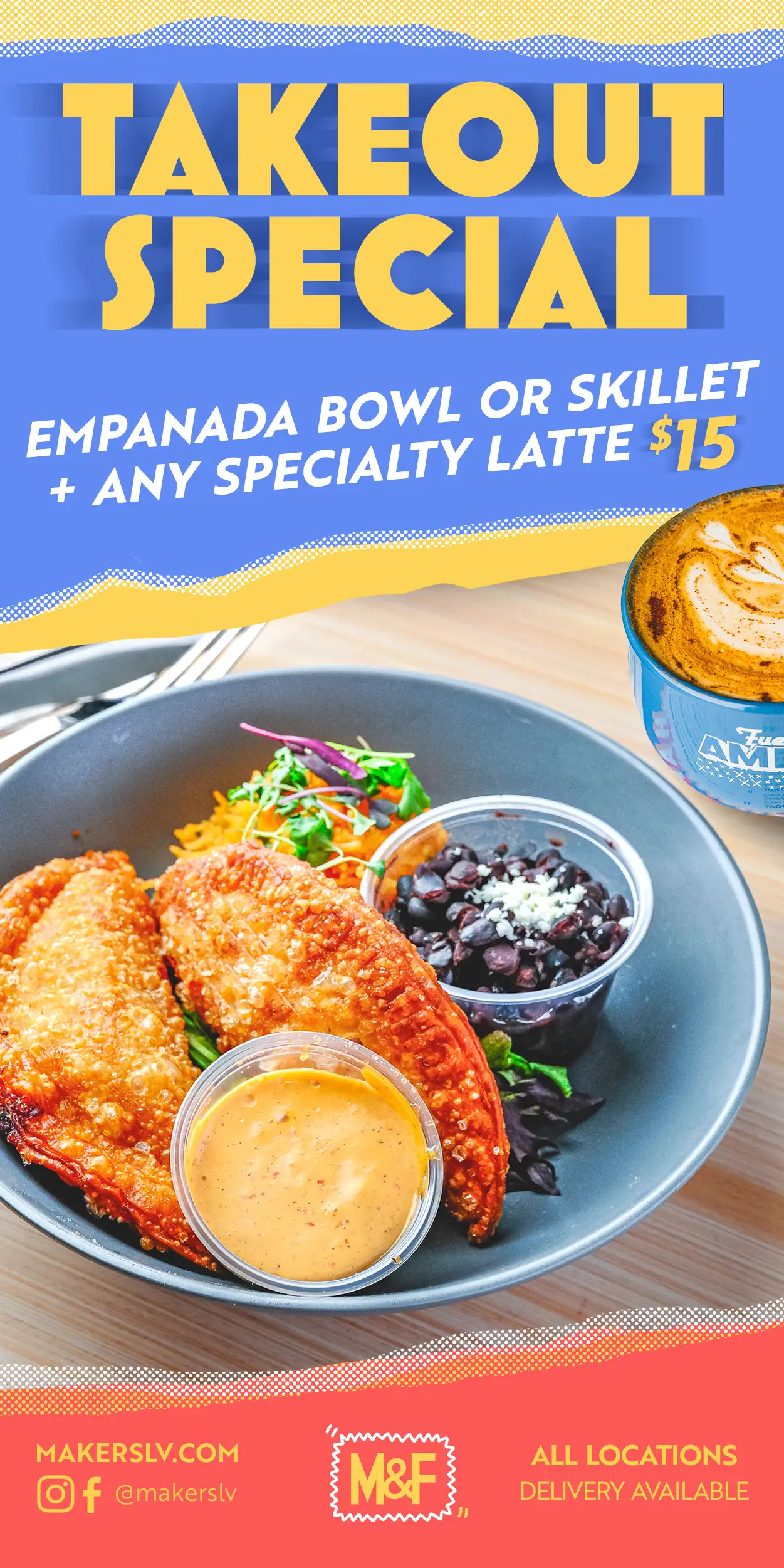Are you a foodie who loves to pair a delicious glass of wine with your favorite meal? Do you want to learn the nuances of how to pair food and wines for maximum flavor impact correctly? Well, then, look no further. In this article, we will go over the basics for successfully mixing popular foods with various wines. So, whether you’re planning for that special night in or just trying to order from an extensive restaurant menu confidently, these tips will give you the confidence you need when it comes time to pick just the right pairing!
Understand the different types of wines and how they pair with food.
Delving into the world of wine can seem like a daunting venture, but understanding the different types of wines available and how they pair with certain foods is an enriching experience. Reds, whites, bubblies – learning the specifics of each kind, such as body, taste, tannins, etc., can open up a new appreciation for variety in one’s dining experience. For instance, sweet white wines generally work better with dishes that use acidic ingredients such as lemon or tomato, while citrus notes in lighter-bodied white wines really bring out the flavors in fish and chicken-based meals. Likewise, more full-bodied reds have higher tannin levels that create fantastic flavor combinations with fatty cuts of meat. Finally, there are even flavors in sparkling wines when paired with flavorful desserts.
Learn about complementary flavors – what flavors work well together?
Cooking with complementary flavors is a great way to enhance the taste of any dish, from traditional recipes to creative inventions. The basic idea is to identify two or more flavors that naturally pair together and then combine them in surprising ways. A classic example is sweet and savory, like salt and caramel, honey and balsamic vinegar, or figs and cheese. Other favorites include spice combinations like chili peppers and lime, ingredients like tomatoes, garlic, and onions, or contrasting intensity levels such as blending cool cucumber with spicy jalapeño. The possibilities are endless! Exploring flavor pairings allows you to unleash your creative cooking abilities to cook delicious dishes for your family and friends.
Consider the texture of the food when pairing it with wine.
When it comes to pairing food and wine, texture plays an important role. Foods with a rough or creamy texture, such as steak or béchamel sauce, respectively, can enhance flavors when paired with wines that reflect the same. For food with a crunchy texture, such as salads, lighter white wines go well together, while robust reds are usually agreed upon for more complex dishes with denser structures. Those familiarizing themselves with this process should always take the time to recognize and appreciate the qualities associated with each variety of food and wine to ensure optimal pairings.
Consider sweetness levels in both food and wine when pairing.

When pairing food and wine, keep in mind the sweetness levels of both for a successful combination. Too much or too little sweetness on either side can throw off the entire balance, diminishing the taste of each component. If one part is too sweet, the other will likely become overwhelmed in comparison. On the other hand, if there’s not enough sweetness in either component, it can have a bland effect. Of course, this doesn’t mean that both should be equally sweet. Depending on what types of food and wines are paired, their different sweetnesses complement each other very well. What’s most important is to consider how much sweetness will work in harmony rather than competing with one another.
Remember to balance acidic or tannic flavors with sweet ones.
When cooking any food or beverage that may be acidic or tannic, be sure to remember to balance their flavors with a sweet one. Balancing these acidities and tannins with a sweet taste will help elevate the overall flavor profile successfully. This can be done by adding a natural sweetness such as honey, maple syrup, fresh fruit, and caramelized onions or a mild sweetness such as vanilla bean. Whichever type of sweetness you pair with these more astringent flavors will help make your dish’s components dance together in harmony.

Experiment and see what combinations you like best!
Exploring the boundless possibilities of flavor combinations can be exciting and rewarding. Whether you’re in the mood for something sweet, savory, spicy, or a combination thereof, there are many meals to discover. Why not grab some ingredients from your pantry and get creative in the kitchen? Start with simple recipes that call for two or three flavors; experiment with ingredient ratios until you hit the right notes. Before you know it, you’ll have cooked up some tasty concoctions you can’t wait to share!
When it comes to pairing wines with food, knowledge, and experimentation, form the basis for discerning the perfect combination. What is most important is to keep in mind the different components when pairing wines with food, looking at the flavors, texture, acidity, and sweetness levels between the two items. You may find that there are combinations you prefer more than others, or you may even surprise yourself with a successful pair. No matter what you select, remember that some of the best pairings come from exploring new ideas and learning about complementary flavors – it’s all part of the experience! Now that you’ve learned about some of the basics of wine and food pairing, why explore all that this area of gastronomy has to offer? Cheers!








































Leave a Reply